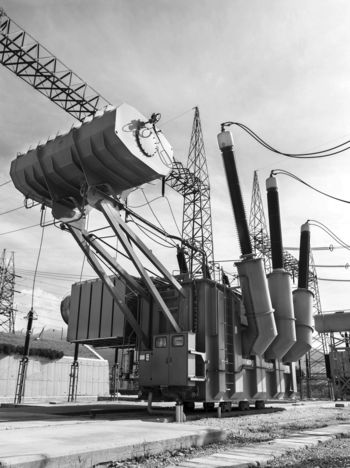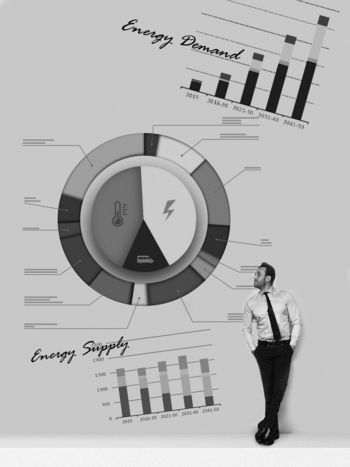The impact of offshore wind power hybrid AC/DC connections on system operations and system design
The integration of offshore wind power into the onshore grids comes with both opportunities and challenges, requiring a coordinated approach across multiple stakeholders. This report presents critical technical and operational impacts associated with offshore wind development and interconnections, focusing on the roles and responsibilities of key entities such as Transmission System Operators (TSOs) and offshore wind farm developers. By addressing system design requirements, grid support functions, and emerging regulatory and market considerations, this report provides a comprehensive analysis of offshore wind connections as a significant part of the future grid. While recognizing that significant developments are still needed in the operational and design of these offshore wind connections to fully realize their potential, these present new opportunities as the new technologies are explored.
Members
Convenor (SE)
C. NORLANDER
Secretary (SE)
M. ZAVAHIR
S. SALEM (US), J. VAN PUTTEN (NL), M. JONES (UK), D. KLAAR (NL), A. WASSERRAB (DE), X. ZHOU (CN), F. FERREIRA (BR), S. CARKNER (US), Z. WANG (CA), N. CUKALEVSKI (RS), I. JAYAWARDANA (CA), P. JAIN (IN), C. JEUFFRAIN (FR), A. JAVED (NL), L. SHARATHCHAND (IN), A. LEKIĆ (NL), C. MUSSI (IT), L. ZENI (DK), C. ROGGATZ (DE), H. WANG (CN), C. STAUFFER (US), R. ERIKSSON (SE), C. SUBRAMANIAN (IE), E. TUNBERG (SE), A. AGBEMUKO (BE), S. GJERDE (NO), N. MACIEL (BR), J. KREIENKAMP (DE)
Scope/Methodology
CIGRE commissioned this Technical Brochure (TB) to address the impact of offshore wind power hybrid AC/DC connections on system operations and system design. This is a product of the Joint Study Committees C2 and B4, and the JWG C2/B4.43. The reader will gain an understanding of the challenges offshore wind power hybrid AC/DC connections pose to system operations and system design, facilitating more reliable and secure transmission systems.
As part of the work, a survey was designed and conducted to collect different parties' viewpoints, best practices and future outlooks within the domain of offshore wind connections. The survey was issued to relevant TSOs, wind farm developers, academia, engineering firms and equipment manufacturers. Although some responses were received from all the stakeholder groups mentioned, the amount of feedback was not sufficient to draw firm conclusions. Especially since it would have been desirable to divide the responders into the mentioned categories, which would mean a very limited number of responses in each “bin”. Therefore, the survey results play a smaller role in the Technical Brochure, but where the consistency in responses supports it, they are used to underpin other findings, or to illustrate a common view.
Societal reliance on electricity has increased over the last century, becoming an essential part of both the developed and developing worlds. To address climate change, decarbonisation reduces the use of fossil fuels and increases renewable energy sources for electricity generation. Concurrently, the wider decarbonization of society is increasing the electrical demand and reliance on renewable energy sources.
This TB focuses on the implementation of offshore wind farms into the electrical system, many connected via HVDC links and proposed HVDC/AC integrated networks. It aims to capture some emerging trends from around the world in designing and operating the power system with the inclusion of renewable resources. The fossil-fuel-based transmission system was built on the backbone of large discrete synchronous generators. The system was typically HVAC and, combined with controllable fossil fuel generation, provided an electrical system with a high degree of certainty and repeatability. In some cases, demand and generation were separated by hundreds or thousands of kilometres and required the use of HVDC transmission, bringing asynchronous interconnections into the network.
The location of wind farms is driven by the need for a reliable wind zone and large footprint, resulting in more generation being located offshore away from demand. When the wind farms are closer to shore, the aggregated transmission connection is made via an AC connection to the synchronous network. As the generation is located further offshore, the network connection needs HVDC transmission, generally using voltage source converter (VSC) technology, for efficient energy transfer. As these connections become more common, it is more cost effective to utilize them as part of the wider system design.

